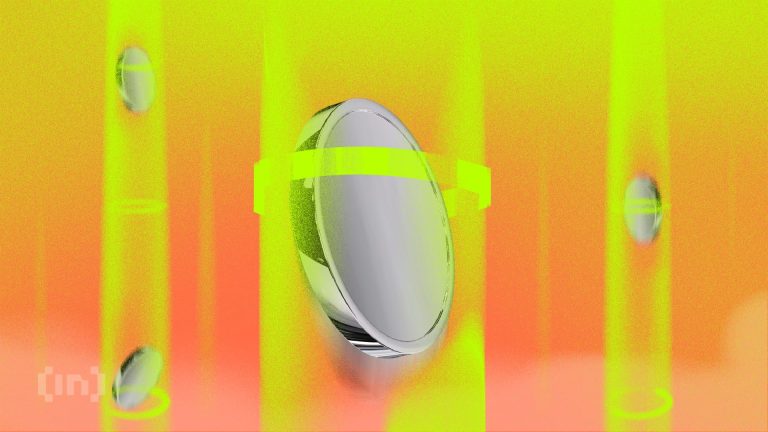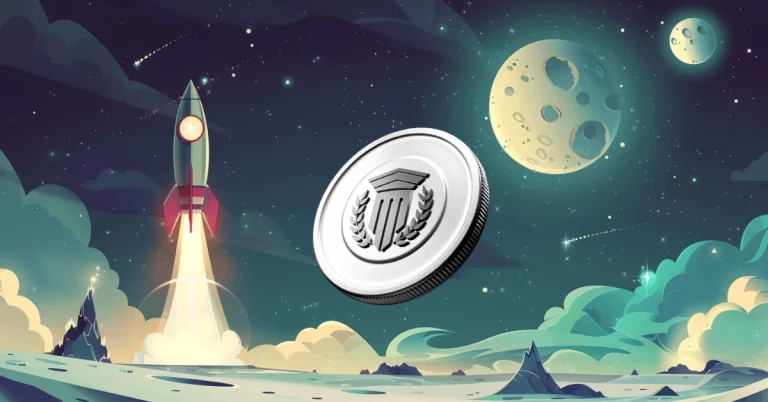
Understanding the Science Behind Vaccines and Immunization
Vaccines are one of the most significant advancements in public health, enabling us to prevent diseases that once claimed countless lives. The science behind vaccines and immunization is complex yet fascinating, rooted in the principles of immunology. This article will delve into how vaccines work, their development, and the importance of immunization in society.
What Are Vaccines?

Vaccines are biological preparations that provide acquired immunity to a particular infectious disease. They contain antigens, which are components that resemble a disease-causing microorganism. When administered, these antigens stimulate the immune system to recognize and fight the actual pathogen, should the body encounter it in the future.
How Vaccines Work

The mechanism of vaccines is based on the immune response. When a vaccine is introduced into the body, it prompts the immune system to create antibodies. These antibodies are proteins specifically designed to bind to the antigens and neutralize the threat. This process involves several key elements:
- Antigen Presentation: The immune system first identifies the antigens in the vaccine.
- Activation of T-cells: Helper T-cells stimulate B-cells, which are responsible for producing antibodies.
- Memory Cell Formation: After the initial response, memory T-cells and B-cells remain in the body, ensuring a quicker response if re-exposed to the pathogen.
Types of Vaccines

Vaccines can be classified into several categories:
- Live Attenuated Vaccines: These contain weakened forms of the virus or bacteria.
- Inactivated Vaccines: These are made from killed pathogens.
- Subunit, Recombinant, and Conjugate Vaccines: These contain pieces of the pathogen.
- mRNA Vaccines: A newer technology that uses messenger RNA to instruct cells to produce an antigen.
The Importance of Immunization

Immunization is crucial for public health. Vaccines not only protect the individuals who receive them but also contribute to herd immunity. Herd immunity occurs when a significant portion of a community becomes immune to a disease, making its spread unlikely and protecting those who cannot be vaccinated, such as infants or individuals with certain medical conditions.
Challenges and Misconceptions

Despite the benefits of vaccines, misinformation and fear have led to hesitancy in some populations. Common misconceptions include the belief that vaccines can cause the diseases they are meant to prevent or that their risks outweigh their benefits. Public health campaigns and education are essential to address these concerns and promote vaccine acceptance.
Conclusion
Understanding the science behind vaccines and immunization is vital for appreciating their role in public health. Vaccines have saved millions of lives and continue to be a critical tool in the fight against infectious diseases. By supporting vaccination efforts, we can protect ourselves and our communities from preventable illnesses.





